Economy
Poor policies responsible for stagnant economy and deteriorating federal finances
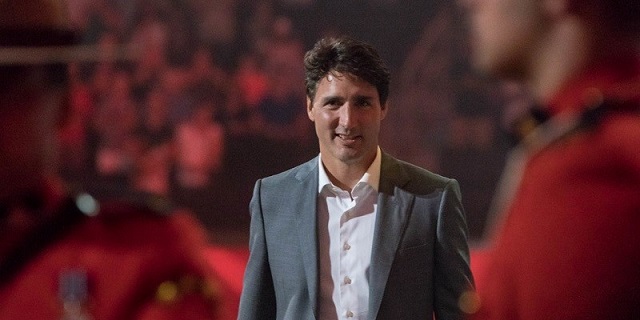
From the Fraser Institute
By Jake Fuss and Jason Clemens
The Trudeau government was elected in 2015 based in part on a new approach to government policy, promising greater prosperity for Canadians through short-term deficit spending, lower taxes for most Canadians, and a more direct and active role for government in economic development. However, the result has been economic stagnation and a marked deterioration in the country’s finances. If Canada is to restore its economic and fiscal health, Ottawa must enact fundamental policy reform.
The Trudeau government has significantly increased spending from $256.2 billion in 2014-15 to a projected $449.8 billion in 2023-24 (excluding debt interest costs) to expand existing programs and create new programs.
In 2016, the government increased the top personal income tax rate on entrepreneurs, professionals and businessowners from 29 per cent to 33 per cent. Consequently, the combined top personal income tax rate (federal and provincial) now exceeds 50 per cent in eight provinces and the country’s average top combined rate in 2022 ranked fifth-highest among 38 OECD countries. This represents a serious competitive challenge for Canada to attract and retain entrepreneurs, investors and skilled professionals (e.g. doctors) we badly need.
And while the Trudeau government reduced the middle personal income tax rate, it also eliminated several tax credits. Due to the combination of these two policy changes, 86 per cent of middle-income families now pay higher personal income taxes.
The Trudeau government also borrowed to help finance new spending, triggering a string of budget deficits. As a result, federal gross debt has ballooned to $1.9 trillion (2022-23) and will reach a projected $2.4 trillion by 2027-28, fueling a marked growth in interest costs, which now consume substantial levels of revenue unavailable for government services or tax reduction.
Simply put, the Trudeau government has produced large increases in government spending, taxes and borrowing, which have not translated into a more robust and vibrant economy.
For example, from 2013 to 2022, growth in per-person GDP, the broadest measure of living standards, was the weakest on record since the 1930s. Prospects for the future, given current policies, are not encouraging. According to the OECD, Canada will record the lowest rate of per-person GDP growth among 32 advanced economies during the periods 2020 to 2030 and 2030 to 2060. Countries such as Estonia, South Korea and New Zealand are expected to vault past Canada and achieve higher living standards by 2060.
Canada’s economic growth crisis is due in part to the decline in business investment, which is critical to increasing living standards because it equips workers with tools and technologies to produce more and provide higher-quality goods and services. The Trudeau government has dampened investment by increasing regulatory barriers, particularly in the energy and mining sectors, and running deficits, which imply tax increases in the future.
Business investment (inflation-adjusted, excluding residential construction) has declined by 1.8 per cent annually, on average, since 2014. Between 2014 and 2021, business investment per worker (inflation-adjusted, excluding residential construction) decreased by $3,676 in Canada compared to growth of $3,418 in the United States.
There’s reason for optimism, however, since many of Canada’s challenges are of Ottawa’s own making. The Chrétien Liberals in the 1990s faced many of the same challenges we do today. By shifting the focus to more prudent government spending, balanced budgets, debt reduction and competitive tax rates, the Chrétien Liberals—followed in large measure by the Harper Tories—paved the way for two decades of prosperity. To help foster greater prosperity for Canadians today and tomorrow, the federal government should learn from the Chrétien Liberals and Harper Tories and enact fundamental policy reform.
Authors:
Economy
Canadians experiencing second-longest and third steepest decline in living standards in last 40 years

From the Fraser Institute
From 2019 to 2023, Canadian living standards declined—and as of the end of 2023, the decline had not yet ended, finds a new study published today by the Fraser Institute, an independent, non-partisan Canadian public policy think-tank.
“Despite claims to the contrary, living standards are declining in Canada,” said Grady Munro, policy analyst at the Fraser Institute and co-author of Changes in Per-Person GDP (Income): 1985 to 2023.
Specifically, from April 2019 to the end of 2023, inflation-adjusted per-person GDP, a broad measure of living standards, declined from $59,905 to $58,111 or by 3.0 per cent. This decline is exceeded only by the decline in 1989 to 1992 (-5.3 per cent) and 2008 to 2009 (-5.2 per cent). In other words, it’s the third-steepest decline in 40 years.
Moreover, the latest decline (which comprises 18 fiscal quarters) is already the second-longest in the last 40 years, surpassed only by the decline from 1989 to 1994 (which lasted 21 quarters). And if not stabilized in 2024, this decline could be the steepest and longest in four decades.
“The severity of the decline in living standards should be a wake-up call for policymakers across Canada to immediately enact fundamental policy reforms to help spur economic growth and productivity,” said Jason Clemens, study co-author and executive vice-president at the Fraser Institute.
- Real GDP per person is a broad measure of incomes (and consequently living standards). This paper analyzes changes in quarterly per-person GDP, adjusted for inflation from 1985 through to the end of 2023, the most recent data available at the time of writing.
- The study assesses the length (number of quarters) as well the percentage decline and the length of time required to recover the income lost during the decline.
- Over the period covered (1985 to 2023), Canada experienced nine periods of decline and recovery in real GDP per person.
- Of those nine periods, three (Q2 1989 to Q3 1994, Q3 2008 to Q4 2011, and Q2 2019 to Q2 2022) were most severe when comparing the length and depth of the declines along with number of quarters required for real GDP per person to recover.
- The experience following Q2 2019 is unlike any decline and recovery since 1985 because, though per person GDP recovered for one quarter in Q2 2022, it immediately began declining again and by Q4 2023 remains below the level in Q2 2019.
- This lack of meaningful recovery suggests that since mid-2019, Canada has experienced one of the longest and deepest declines in real GDP per person since 1985, exceeded only by the decline and recovery from Q2 1989 to Q3 1994.
- If per-capita GDP does not recover in 2024, this period may be the longest and largest decline in per-person GDP over the last four decades.
 Read the Full Report
Read the Full Report
Authors:
Economy
Feds spend $3 million to fly 182 politicians and bureaucrats to climate conference
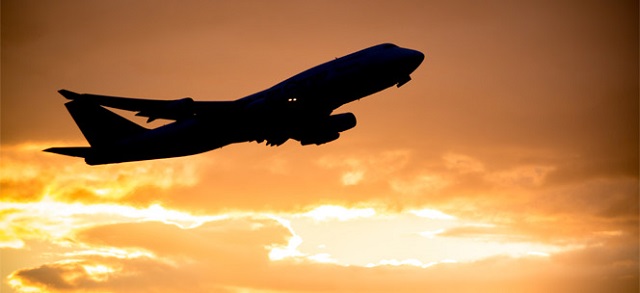
From the Canadian Taxpayers Federation
Author: Ryan Thorpe
Feds trip to COP28 in Dubai cost $3 million
The cost for Canada to send hundreds of people to COP28 in Dubai has doubled, rising to nearly $3 million, according to government records obtained by the Canadian Taxpayers Federation.
Included in those costs is $1.3 million the federal government dished out to host a “Canada Pavilion” at the summit, which featured a rapper performing a song on “climate disinformation,” while giving a shoutout to Environment Minister Steven Guilbeault.
“Nothing screams fighting climate change like flying around the world burning through jet fuel and millions of tax dollars,” said Franco Terrazzano, CTF Federal Director. “Here’s a crazy idea: maybe the feds don’t need to spend $3 million flying 182 politicians and bureaucrats to Dubai.”
The federal government paid for at least 182 people to go to COP28, held from Nov. 30 to Dec. 12, 2023, in Dubai, United Arab Emirates.
A previous report from the National Post pegged the cost for Canada’s delegation at $1.4 million.
But the bill now sits at $2,954,188, including $825,466 for transportation, $472,570 for accommodations and $295,455 for meals and incidentals, according to the records.
The records indicate the cost could rise even higher, as certain invoices and travel claims “have yet to be processed.”
Costs included $1.3 million for a “Canada Pavilion” to “showcase the breadth of Canadian climate leadership.”
At the Canada Pavilion, a Canadian rapper known as Baba Brinkman – the son of Liberal MP Joyce Murray – performed a rap on “climate disinformation.”
“Climate disinformation, get that immunization, the vaccine for bad meme infiltration,” Brinkman rapped. “Climate misinformation, it leads to polarization, which leads to radical conspiracy ideation.”
Environment Minister Steven Guilbeault also received a shoutout during Brinkman’s rap.
“Really? Hosting a rapper half-way around the world to drop rhymes at a government podium will help the environment?” Terrazzano said.
The records were released in response to an order paper question from Conservative MP Dan Mazier (Dauphin-Swan River-Neepawa).
Most of the hotel expenses came from the Dubai Marriott and the Premier Inn at the Dubai Investment Park, with rooms coming in between $150 and $400 per night.
The most expensive digs was a $816-per-night suite at the Pullman Dubai Jumeriah Lakes Towers, a “five-star hotel offering upscale accommodations.”
The Canadian delegation also handed out $650 worth of gifts during the trip.
-

 Brownstone Institute8 hours ago
Brownstone Institute8 hours agoMedical Elites’ Disgrace Over Ivermectin
-
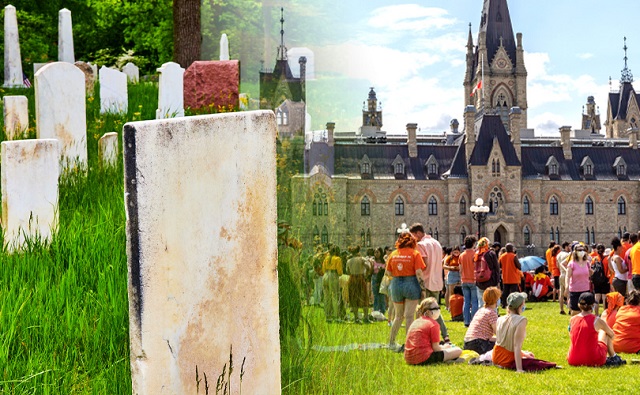
 National6 hours ago
National6 hours agoDespite claims of 215 ‘unmarked graves,’ no bodies have been found at Canadian residential school
-

 Brownstone Institute44 mins ago
Brownstone Institute44 mins agoThe WHO’s Proposed Pandemic Agreements Worsen Public Health
-

 COVID-192 hours ago
COVID-192 hours agoThe New York Times Admits Injuries from COVID-19 Shots
-
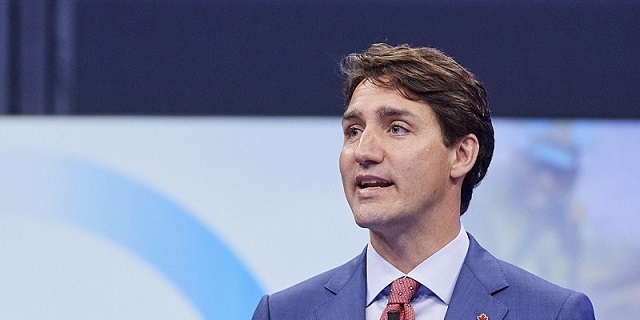
 Automotive13 hours ago
Automotive13 hours agoElectric vehicle mandates mean misery all around
-
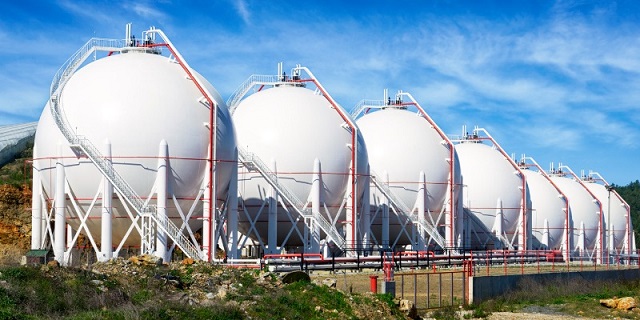
 Energy5 hours ago
Energy5 hours agoFederal government continues to reject golden opportunities to export LNG
-
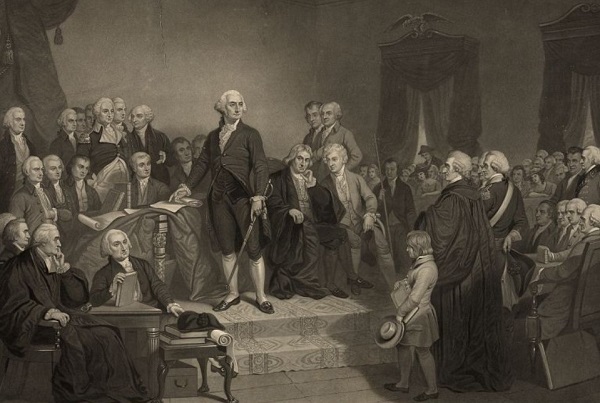
 Opinion12 hours ago
Opinion12 hours agoThe American Experiment Has Gone Down In Flames
-
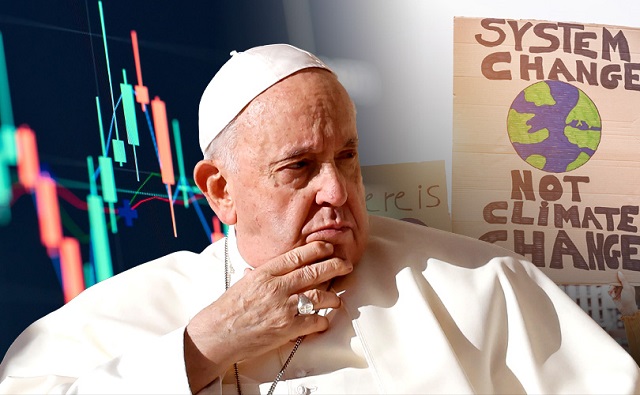
 Energy2 days ago
Energy2 days agoPope Francis calls for ‘global financial charter’ at Vatican climate change conference







